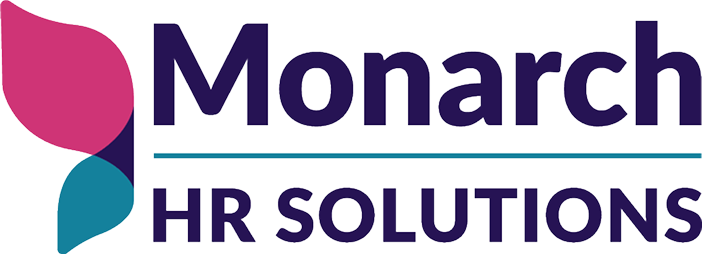In today’s fast-paced work environment, companies are increasingly focused on nurturing healthier and happier employees. One impactful strategy is to encourage team members to immerse themselves in the great outdoors this Spring. Being surrounded by nature’s refreshing sights and sounds can uplift spirits, alleviate stress, and replenish energy for a more vibrant workplace.
What Does “Forest Bathing” Mean?
Forest bathing, also known as ‘shinrin-yoku,’ is a practice that originated in Japan in the 1980s. It was designed as a stress-relief technique for urban residents. This method involves a slow and quiet walk through a forest, with a focus on the natural elements such as the smells, sights, and sounds of the environment. The benefits of this practice are significant for employee wellness.
Why Spending Time Outdoors Helps Employees:
Easy Ways to Bring Nature into Your Workplace:
Making Outdoor Time a Part of Your Workplace:
Putting It All Together:
Encouraging your team to spend more time outdoors is a simple way to enhance their well-being and work performance. Activities such as walking meetings, outdoor breaks, and the addition of green spaces can make everyone happier and healthier. The best part? These practices can also boost productivity and creativity, resulting in a more vibrant and successful workplace.
Give your team more time in nature and see how much better your workplace becomes!

